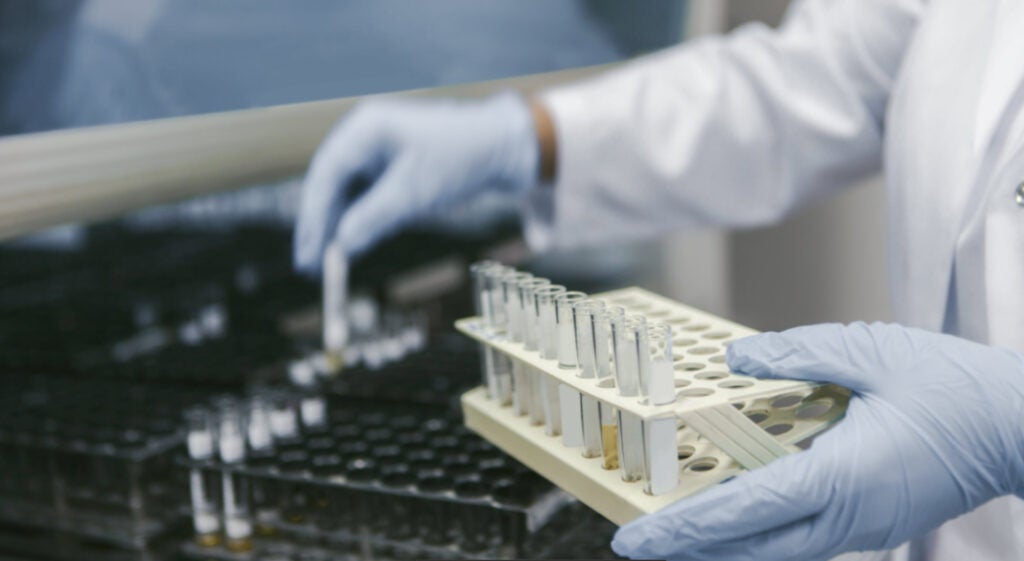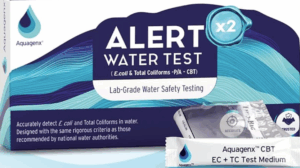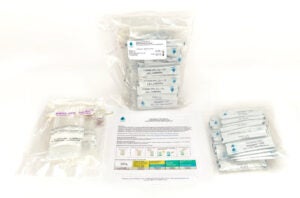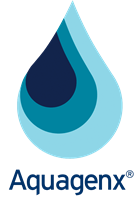How Public Water Systems Test for Bacteria in Water
A public water system (PWS) provides water for human consumption through pipes or other constructed methods of moving water. Water must be transported to at least 15 service connections or serves an average of at least 25 people for at least 60 days a year. A PWS may be publicly or privately owned.
There are over 148,000 public water systems in the United States. The U.S. EPA classifies these water systems according to the number of people they serve, the source of their water, and whether they serve the same customers year-round or on an occasional basis. There are three types of PWS:
- Community Water System (CWS): supplies water to the same population year-round
- Non-Transient Non-Community Water System (NTNCWS): regularly supplies water to at least 25 of the same people at least six months per year. Some examples are schools, factories, office buildings, and hospitals that have their own water systems.
- Transient Non-Community Water System (TNCWS): A public water system that provides water in places such as gas stations or campgrounds where people do not remain for long periods of time.
 PWS are regulated by the federal government via the U.S. EPA. This means federal law defines what constitutes safe water supplies for PWS, recreational waters and aircraft, for example. The EPA does this by setting legal limits on over 90 contaminants in water.
PWS are regulated by the federal government via the U.S. EPA. This means federal law defines what constitutes safe water supplies for PWS, recreational waters and aircraft, for example. The EPA does this by setting legal limits on over 90 contaminants in water.
These 90 contaminants include chemical contaminants such as lead, arsenic and copper, and microbial (biological) contaminants such as E. coli, Total Coliforms and Enterococcus.
In terms of drinking water, chemical and microbial contaminants are regulated by two national standards for water:
Safe Drinking Water Act (SDWA)
The SDWA applies to every PWS and was originally passed by Congress in 1974 to protect public health by regulating the nation’s public drinking water supply. It authorizes the EPA to set national health-based standards for drinking water to protect against both naturally occurring and man-made contaminants that might be in drinking water. The SDWA allows individual states to set and enforce their own drinking water standards if the standards are at a minimum as stringent as the EPA’s national drinking water standards.
Revised Total Coliform Rule
In 1989, Congress passed the Total Coliform Rule that set both a health goal and legal limits for the presence of Total Coliforms in drinking water. However, in 2013 the Revised Total Coliform Rule was passed that sets a maximum contaminant level goal and maximum contaminant level for coli bacteria for protection against potential fecal contamination.
The reason the Revised Total Coliform Rule was enacted is because the EPA recognizes Total Coliforms are a large group of bacteria that are, with few exceptions, not harmful to humans. Although the EPA considers Total Coliforms a general indicator of potential pathogens (disease causing organisms) in drinking water, they mandate analyzing water samples specifically for fecal bacteria. E. coli is the more specific and accurate indicator for fecal contamination in drinking water.
To validate their adherence to the Revised Total Coliform Rule, a PWS must conduct routine water quality testing for Total Coliforms and E. coli bacteria. The Rule mandates analysis of 100mL samples for Total Coliforms. If presence/absence (yes/no) test results show a positive presence for Total Coliforms, additional 100mL samples must be analyzed for E. coli bacteria. A PWS can collect 100mL water samples, but the samples must be analyzed in state certified labs with tests and standard methods validated by the EPA.
How This Relates to Private Wells
How does all this relate to private well owners and microbial testing? Private wells are not regulated by the EPA. Well owners must test their own water for safety, ideally using tests that meet EPA guidelines for drinking water quality:
- 100mL samples
- Detect Total Coliform bacteria
- Detect coli bacteria, specifically and conclusively
- Provide Presence/Absence test results
For further reading, see:
Why 100mL sample volume is important and required found in Do Well Owners Have to Send Water Samples to Labs?
Difference Between Coliform and E. coli Bacteria
Do Well Owners Have to Send Water Samples to Labs?
Key Terms
Public Water System: federally regulated entity provides water for human consumption through pipes or other constructed methods of moving water.
Pathogens: disease causing organisms
Microbial: microorganisms not visible to the naked eye that contain bacteria and other organisms such as protozoa and fungi
Aquagenx Well Water Test Kits
Buy on Amazon & Walmart
Buy kits that contain 2, 5, or 10 tests

Buy In Bulk from Aquagenx
Buy kits that contain 25, 50 or 100 tests

